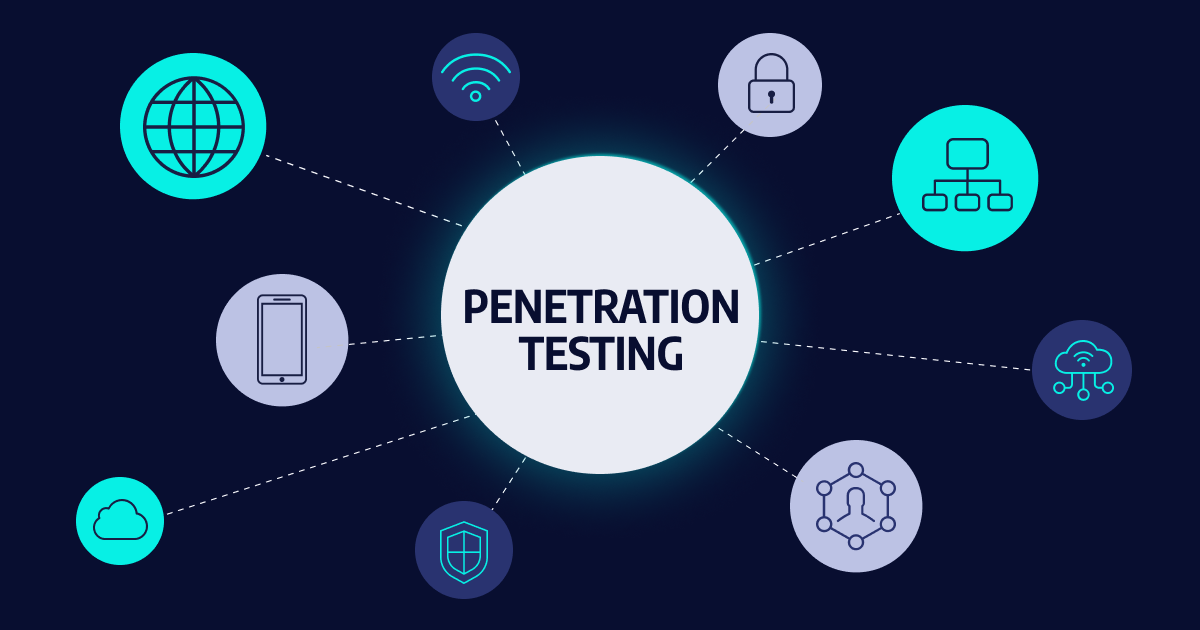
Web applications have become the backbone of modern businesses, offering a wide range of services and functionalities. However, this increased reliance on web applications has also made them attractive targets for cybercriminals. To ensure the security of web applications, organizations conduct penetration tests, and an essential phase of this testing is reconnaissance. During reconnaissance, ethical hackers gather critical information about the target web application to better understand its vulnerabilities and potential attack vectors. In this article, we will explore some of the fundamental web application reconnaissance techniques used in penetration testing.
1. Passive Information Gathering: Passive reconnaissance involves collecting information about the target web application without directly engaging with it. Ethical hackers leverage public sources like search engines, social media, and public records to gather data such as URLs, subdomains, email addresses, employee names, and technology clues. This information provides insights into the application's infrastructure and potential weaknesses.
2. Active Information Gathering: Active reconnaissance takes a more direct approach by interacting with the web application to extract valuable insights. Techniques like scanning, fingerprinting, and enumeration are employed to identify open ports, services running on those ports, server banners, and other valuable details. Tools like Nmap and Netcat are commonly used to map out the application's network and system landscape.
3. Spidering and Crawling: Web spiders and crawlers simulate user behavior to navigate through the web application systematically. This process helps identify hidden or unlinked pages that might be accessible to attackers. It is crucial to control the spider's depth and rate of crawling to avoid overloading the target system.
4. Directory and File Enumeration: Enumeration techniques involve scanning for directories, files, and resources that might be exposed or accessible on the web application. Directory and file brute-forcing, along with wordlists, can reveal sensitive files and directories that attackers could exploit.
5. Web Application Fingerprinting: Web application fingerprinting aims to identify the technology stack and software versions used by the target application. This information helps penetration testers understand potential vulnerabilities associated with specific versions of web frameworks, content management systems, and databases. Tools like Wappalyzer and WhatWeb are commonly used for this purpose.
6. DNS Enumeration: DNS enumeration allows ethical hackers to discover subdomains associated with the target web application. Attackers often target subdomains as they may not receive the same level of security scrutiny as the main domain. Tools like DNSRecon and Sublist3r assist in identifying subdomains.
7. WHOIS Analysis: WHOIS data contains valuable information about the web application's domain registration, ownership details, and contact information. Analyzing this data can reveal insights into the organization behind the application, helping penetration testers tailor their approach.
8. Error Handling and Information Leakage: Web applications may reveal sensitive information in error messages or response headers. Analyzing these errors and instances of information leakage can provide valuable hints about the application's internal workings and potential vulnerabilities.
9. Content and Parameter Analysis: Inspecting the content of web application pages and analyzing parameters can uncover clues about its underlying technologies, frameworks, and potential security weaknesses. This step aids in preparing targeted and effective attack vectors.
It is important to emphasize that web application reconnaissance must be conducted ethically and with proper authorization from the application owners. Penetration testers should strictly adhere to rules of engagement and comply with all legal and ethical guidelines to avoid any unintended negative consequences.
Conclusion
In conclusion, web application reconnaissance is a critical phase in penetration testing, enabling ethical hackers to gather essential information about the target application's weaknesses. By employing a combination of passive and active techniques, penetration testers can gain a comprehensive understanding of the application's attack surface. Armed with this knowledge, organizations can proactively secure their web applications and protect sensitive data from potential cyber threats.




